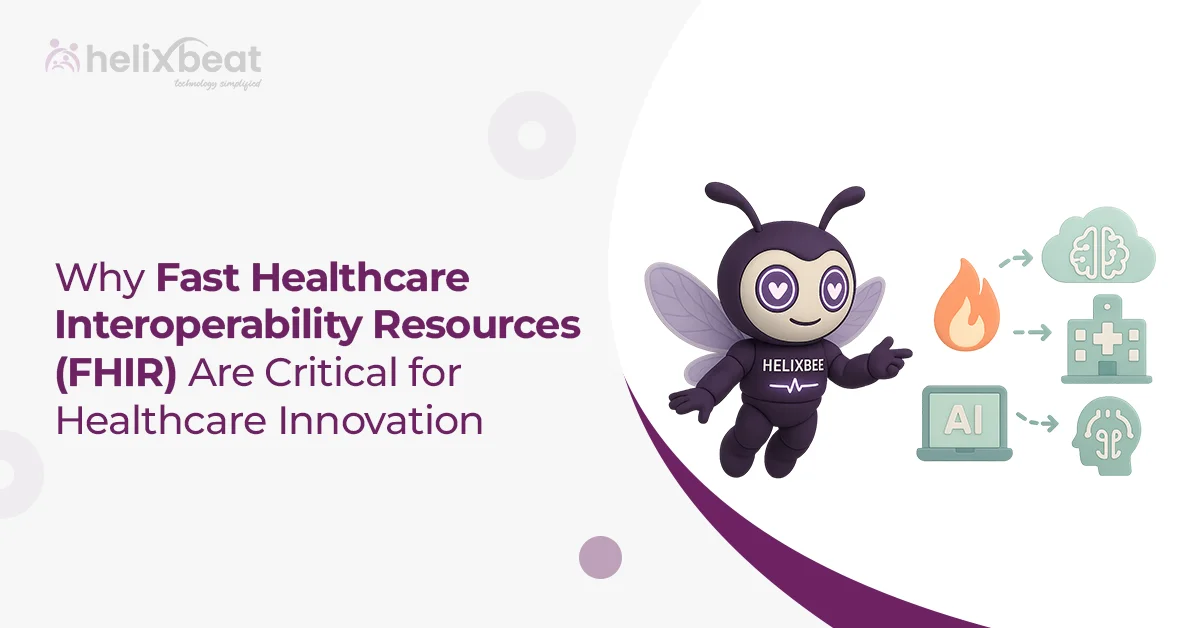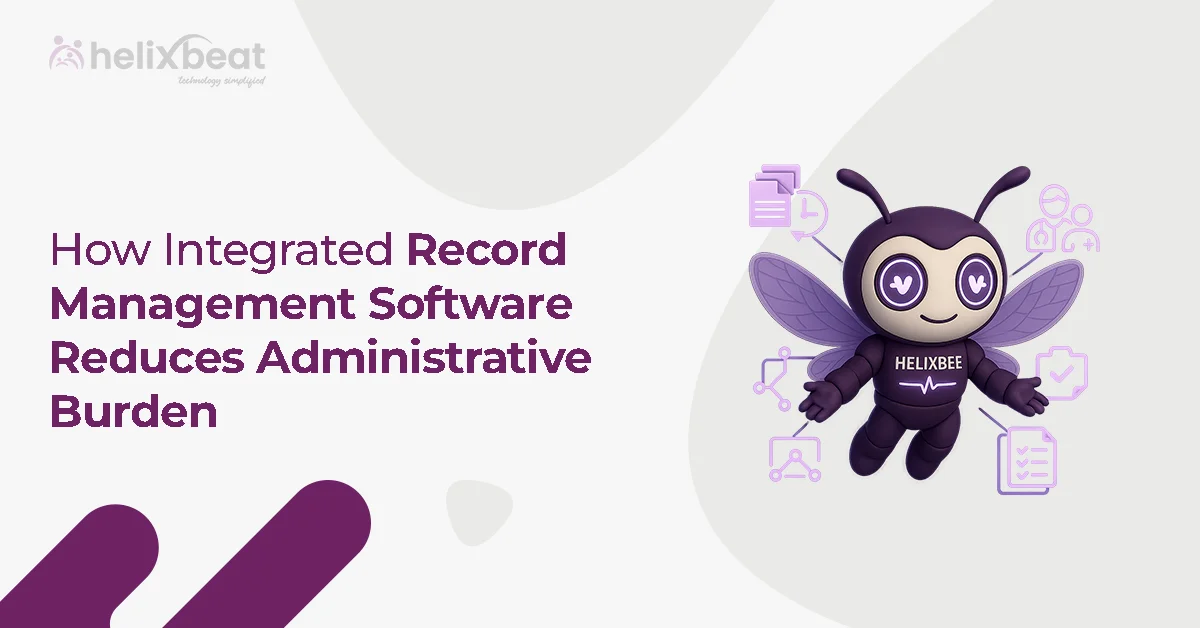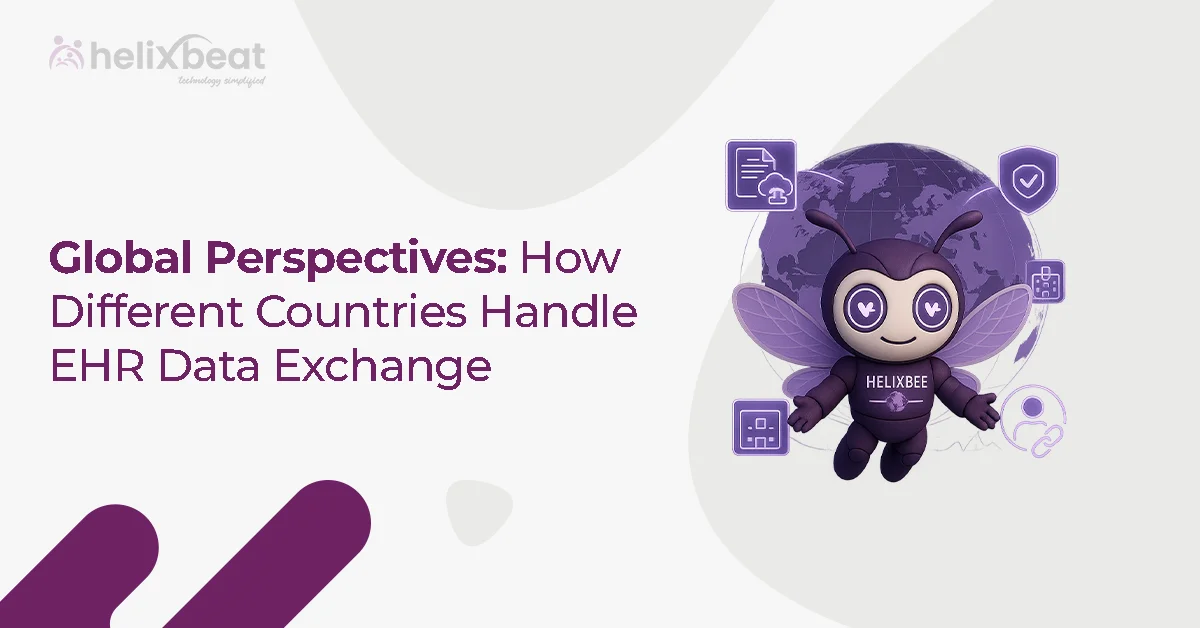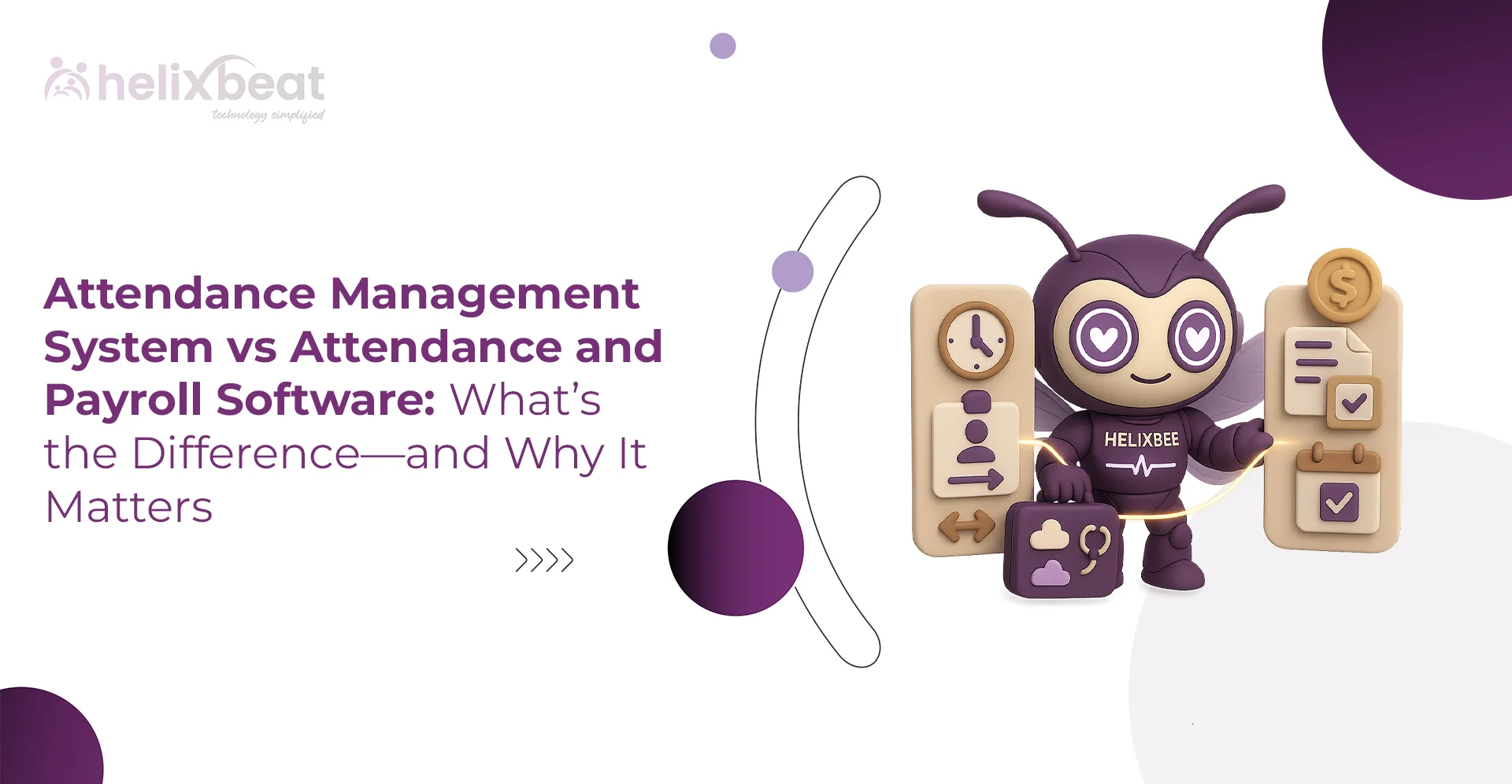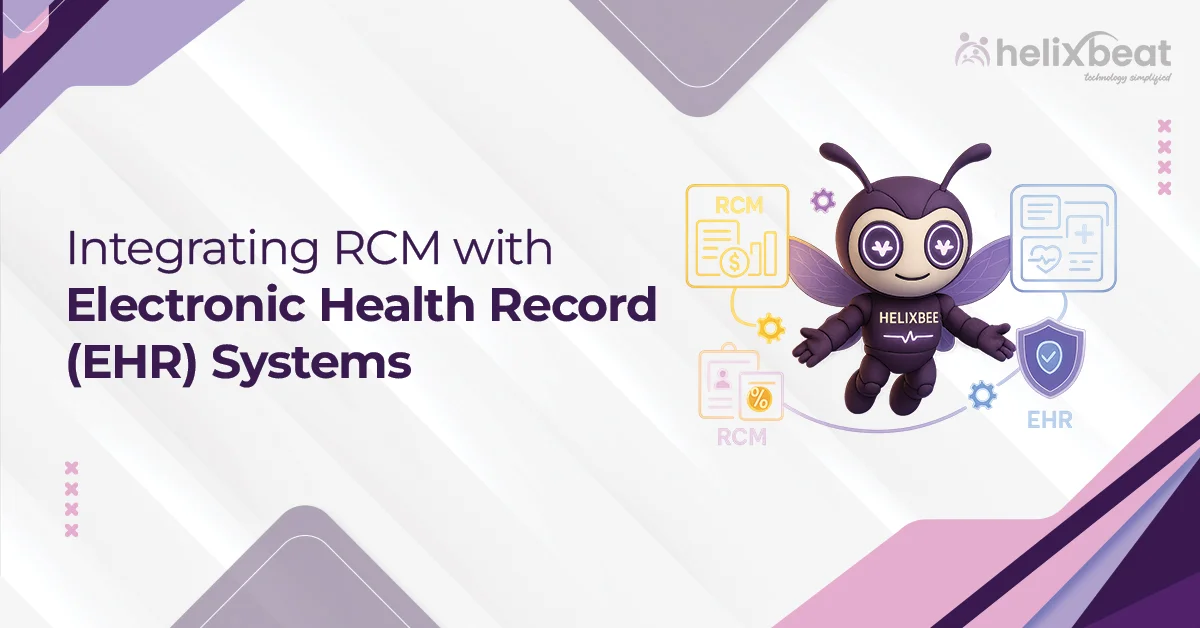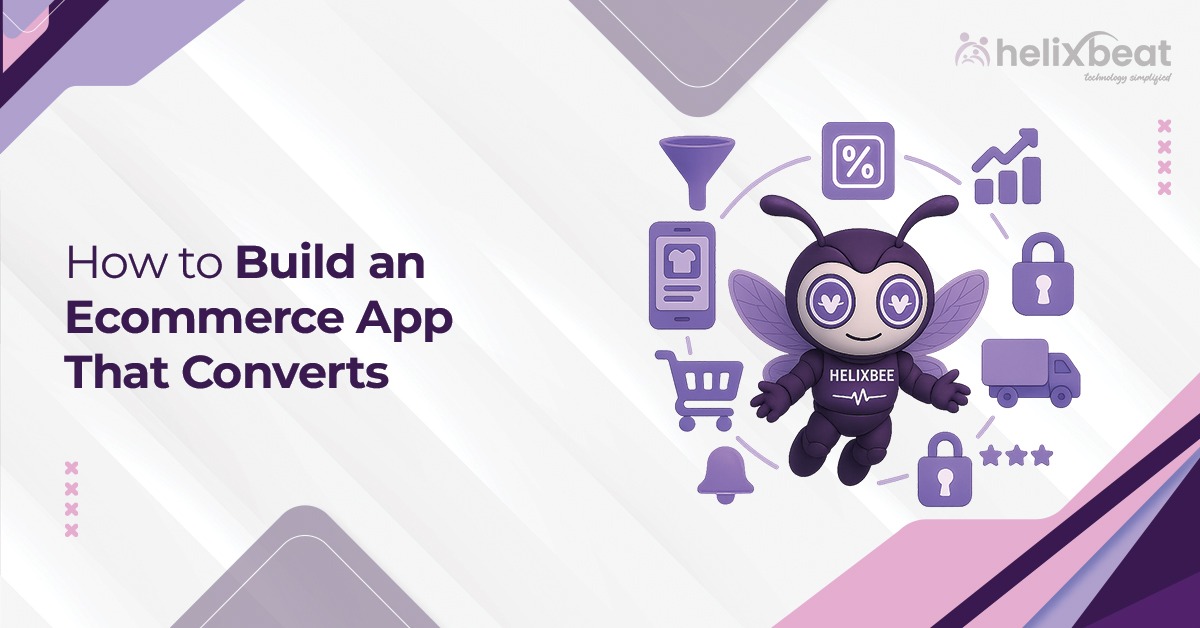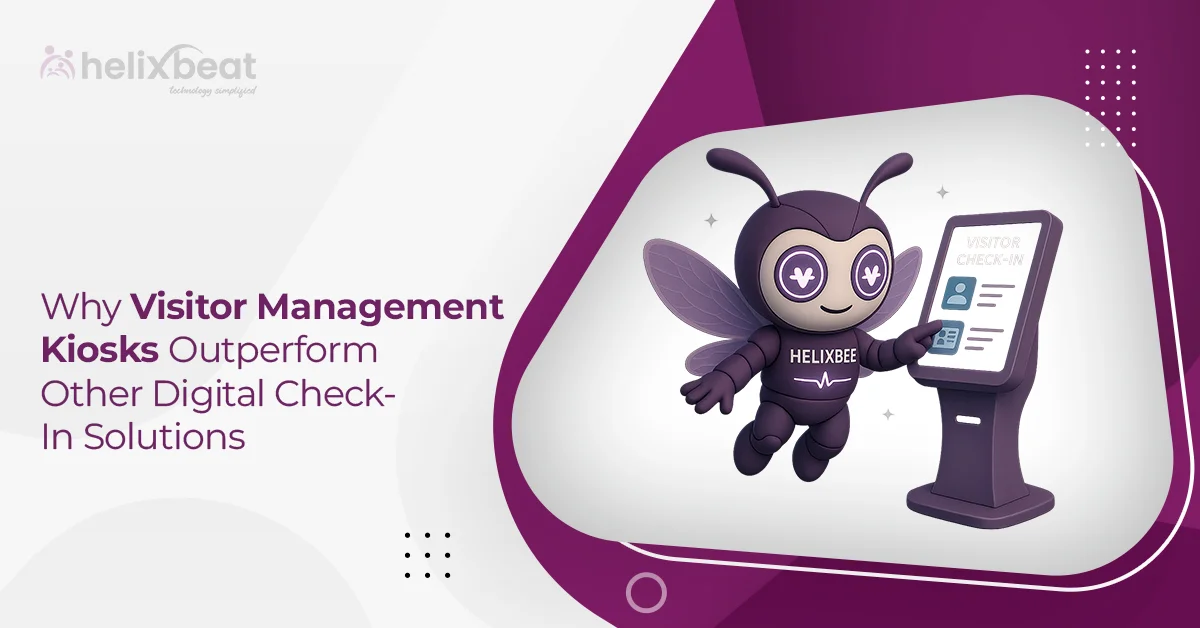In healthcare, innovation hinges not just on cutting-edge treatments and diagnostics, but also on how well data moves across systems. One of the biggest hurdles to progress has long been the fragmented nature of healthcare data. That’s where FHIR, or Fast Healthcare Interoperability Resources, steps in as a game-changer.
Developed by HL7 (Health Level Seven International), FHIR is rapidly becoming the backbone of healthcare data exchange. But why is it being hailed as critical for healthcare innovation? Let’s dive deep into the story.
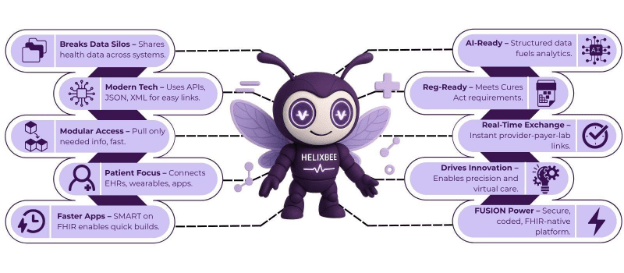
Table of Contents
Data Silos and Disconnected Systems
Even today, many healthcare providers use different systems that can’t communicate with each other. This lack of interoperability leads to:
- Redundant tests due to inaccessible past results
- Delayed diagnoses from fragmented records
- Inefficient workflows for clinicians
- Frustration for patients trying to coordinate their care
These inefficiencies not only burden the system financially but can also lead to compromised patient outcomes.
The FHIR Approach
In short, FHIR is a standard for exchanging healthcare information electronically. What makes it revolutionary is that it’s built on modern web technologies—just like the ones that power your favorite apps and websites.
Instead of bulky, monolithic documents, FHIR breaks data into modular components called “resources.” Each resource represents a key concept in healthcare—such as a patient, a medication, or a lab result. These can be retrieved, shared, and updated individually using RESTful APIs (Application Programming Interfaces), making data exchange flexible and scalable.
For example, rather than pulling an entire patient chart, a system can fetch just the allergy list or a specific lab test result. This granular access opens the door to more responsive, efficient, and intelligent healthcare systems.
How FHIR is Fueling Innovation
1. Improving Patient-Centered Care
With FHIR, patients can more easily access and share their health information across various providers and platforms. With the rise of personal health apps and patient portals, FHIR provides the underlying standard that connects wearable data, electronic health records (EHRs), and even genomic information in one ecosystem.
As a result, patients get a more comprehensive view of their health, which helps them actively manage their own care journey.
2. Accelerating App Development
Before FHIR, building healthcare apps was like constructing a house without a blueprint. Developers struggled with disparate systems, obscure file formats, and inadequate documentation. FHIR simplifies this by using widely adopted data exchange methods like JSON, XML, and HTTPS.
Startups and tech giants alike can now build plug-and-play solutions that connect seamlessly with EHR systems. SMART on FHIR (Substitutable Medical Applications and Reusable Technologies) further extends this capability by offering a standard framework for app integration with major EHR platforms.
This plug-and-play model has already led to a surge in innovation, with apps for remote monitoring, chronic care management, telehealth, and more.
3. Driving AI and Predictive Analytics
Modern AI algorithms thrive on structured, high-quality data—and that’s exactly what FHIR delivers. Because FHIR resources are modular and machine-readable, they can be used to train models for clinical decision support, risk scoring, and diagnostics.
Whether it’s predicting patient readmissions, flagging drug interactions, or identifying candidates for early intervention, FHIR provides a consistent and reliable format for feeding AI engines.
Hospitals are already integrating FHIR with machine learning platforms to identify at-risk patients in real-time, optimize staffing, and recommend personalized treatment plans.
4. Enabling Seamless Data Exchange
A core promise of FHIR is to enable interoperability across systems and organizations. Whether it’s between different hospitals, a hospital and a lab, or a provider and a payer, FHIR makes data exchange faster and more consistent.
For example, in the United States, the ONC’s Cures Act Final Rule mandates that healthcare providers and payers support patient access to their health data using FHIR APIs. This regulatory push has accelerated FHIR adoption and set the stage for a more connected healthcare landscape.
FHIR and the Next Wave of Innovation
As FHIR matures and gains broader adoption, here’s what the future might look like:
- Precision medicine: FHIR can tie genomic data to clinical records, enabling truly personalized care.
- Public health surveillance: National and global agencies can build FHIR-based dashboards to track infectious diseases in real time.
- Virtual hospitals: With real-time data from remote monitoring devices flowing into centralized systems, clinicians can manage entire cohorts from afar.
- Unified care records: Regardless of geography, patients could carry their full health records in interoperable formats that plug into any care setting.
- Healthcare marketplaces: Like app stores, there could be marketplaces of certified FHIR-based apps that providers and patients can install with a click.
FHIR doesn’t replace clinical judgment or human empathy. But it does remove the barriers that have long kept the healthcare ecosystem disconnected. And in doing so, it lays the foundation for smarter, faster, more connected care.
FUSION: The FHIR Server Powering Smarter Healthcare Data Exchange
As healthcare systems race toward greater interoperability, having the right infrastructure becomes just as important as adopting the right standards. That’s where FUSION steps in: a FHIR server built to simplify, speed up, and strengthen healthcare data exchange across the board.
FUSION isn’t just another data repository. It’s a purpose-built platform designed around FHIR-native architecture, using modern RESTful APIs to make health data more accessible, consistent, and real-time. Whether it’s hospitals, apps, payers, or digital health tools, FUSION makes it effortless for systems to connect, communicate, and collaborate.
But what truly sets FUSION apart? It’s the comprehensive approach to clinical coding and data integrity. FUSION doesn’t just store data in FHIR format—it also natively supports SNOMED CT, LOINC, and ICD, so that every record is coded accurately and ready for clinical decisions, population health reporting, and advanced analytics.
With plug-and-play APIs, organizations can deploy FUSION rapidly without overhauling existing systems. Its robust security features align with major compliance standards, and it’s built to handle both structured and unstructured data, making it versatile for diverse clinical environments.
Final Thoughts
FHIR holds the promise of breaking down silos, bridging systems, and empowering both providers and patients with timely, relevant, and actionable data.
As we look toward a future filled with AI, wearable tech, virtual care, and precision medicine, FHIR stands as the critical bridge that connects dreams of innovation with the real-world challenges of healthcare delivery.
Ready to future-proof your healthcare systems? Discover what FUSION can do for you—get in touch with Helixbeat today.
FAQs
1. What makes FHIR different from older interoperability standards?
FHIR uses modern web technologies like RESTful APIs, JSON, and XML—like those used by everyday apps and websites. Unlike older standards, FHIR is modular, developer-friendly, and scalable, making it easier to implement across digital platforms.
2. Can FHIR support mobile health apps and wearables?
Yes, its flexible API structure allows it to connect with mobile apps, wearables, and remote monitoring tools. This enables real-time health tracking and integration of patient-generated data into clinical workflows.
3. How does FHIR support healthcare innovation?
By breaking down data silos and enabling real-time data exchange, FHIR creates a foundation for innovation. As a result, developers can build interoperable apps, researchers can access cleaner data, and AI systems can run more accurate analytics—all fueled by FHIR.
4. Is FHIR secure for sharing sensitive health data?
FHIR supports secure data sharing through industry-standard protocols like OAuth2 and OpenID Connect. Its implementation can meet rigorous security and privacy regulations when deployed properly by healthcare organizations.



